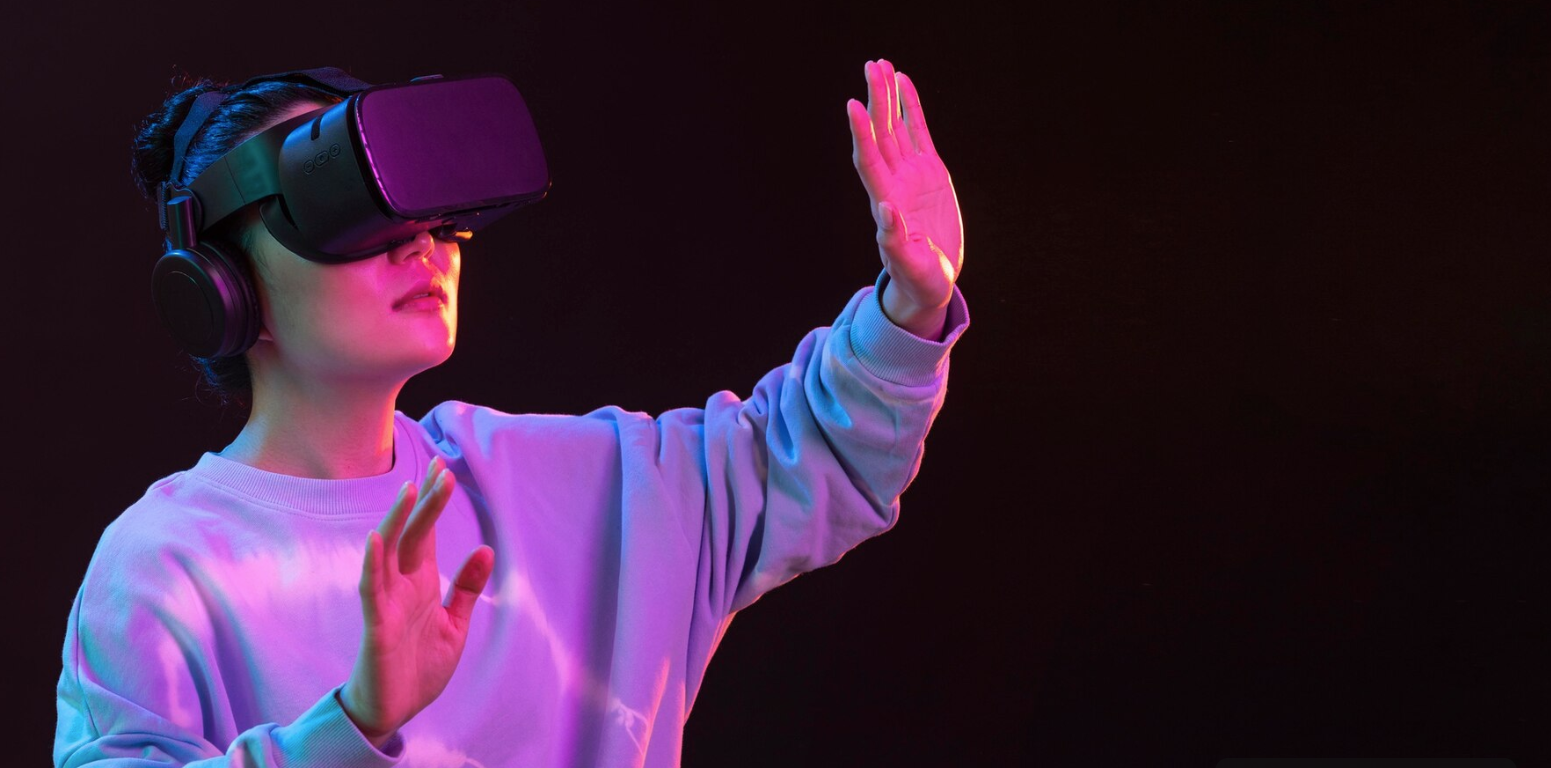According to Statista, market revenue for AR and VR is expected to reach US$40.4 billion this year. This is enough reason why every business should see how they can adapt VR and AR for their market. Unlike before, these tools aren’t limited to entertainment and gaming alone, they have transcended further. Now AR for entrepreneurs and VR business applications are becoming a thing of the present.
Startups and businesses can leverage AR and VR to cut through the noise to get an edge over rising market demands. There are many ways in which entrepreneurial innovation with AR/VR can benefit businesses. This article will explore areas such as customer engagement, product development, employee training, enhanced marketing, and overall entrepreneurial success through the role of AR and VR.
Augmented Reality (AR) vs. Virtual Reality (VR) in Business
To use AR and VR in business you need to know what makes them different. Knowing their differences will help you utilise them in your business effectively and efficiently. While the major goal of both technologies is to alter reality to make it more interesting and closer to people, there are differences of their own.
Virtual Reality (AR) is when you get transported to an entirely different virtual environment, which is usually extremely creative and imaginative. You will find yourself immersed in the new changes with the use of glasses, goggles, speakers, and headphones.
On the other hand, Augmented Reality (AR) is improving the already existing surroundings to offer a better experience through auditory, visual, or sensory elements. It will not take you to another world, but it will make your current experience better.
With AR and VR, people don’t have to get lost in their imagination, rather they can visualize and enjoy them.
AR and VR in Marketing
The bigger picture of using augmented reality and virtual reality for marketing is to know the customers better. Using these tools will help to attract the right audience and serve them using the collected data, so eventually you’ll be able to position your business in the right place.
These technologies will help you gather qualitative and quantitative data on your target market. Here are some of the ways how AR and VR are used in marketing:
- Enhanced customer experience through immersive experiences that help them feel and enjoy the product.
- Customers can virtually see how a certain product looks or feels through virtual demos and try-ons.
- Creates memorable ad experiences through immersive reality, which creates a strong brand presence.
- Offers personalised experiences to customers as these technologies help curate customised marketing concepts.
- AR applications help gather real-time analytics and feedback from customers.
AR/VR customer experiences are non-negotiable for startups and unicorns if they want to stay ahead of the rest.
Employee Training
AR and VR training for businesses impact business growth significantly. These powerful tools are often utilised in employee training, which is one of the core pillars of a business. If a business does not have a strong HR sector, it’ll be challenging to keep the rest of the areas of the business glued to one another.
In that sense, VR and AR training tools have helped employees in remote collaboration. This not only allows them to get trained and learn new ways to support the business but also cuts the cost of the business to a greater extent.
Especially, if you have remote employees, they can collaborate in real-time with technologies like AR. The coolest thing about this is that they will feel as if they’re being around their colleagues because of the immersive experiences.
Some of the ways how employees can be trained virtually are:
- Construction-related workers could get their hands on heavy equipment without risking their health if they can manage technologies like virtual reality. These technologies will allow them to practice or operate heavy machines virtually before actually trying them on-site. This will give them the chance to prepare themselves better.
- Healthcare professionals use AR and VR to learn in-depth surgeries and similar challenging cases. These technologies equip them with more visualised approaches to managing delicate processes, helping them better understand such procedures.
- AR for retail businesses is vital because it helps them drive sales and train employees simultaneously. They can train employees to manage customers by educating them on product knowledge and stock information via phones or smart glasses. This will increase retainer customers as you provide a better shopping experience.
You can’t overlook augmented reality in business because the better you utilise the technology, the higher the competitive edge!
Conclusion
Undeniably, the role of AR and VR is vital for entrepreneurial success. By utilising these technologies in marketing, employee training, customer engagement, and product development, businesses can stay ahead of the game. They can also provide impactful experiences to their customers through their AR and VR-backed services and products.
